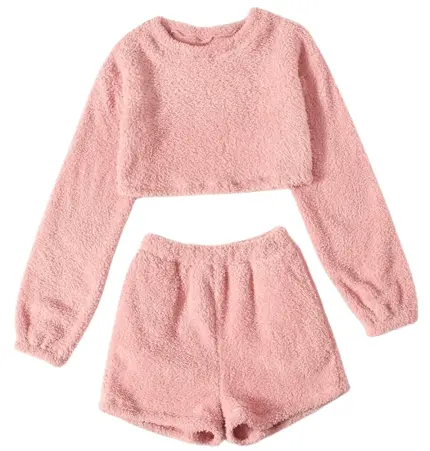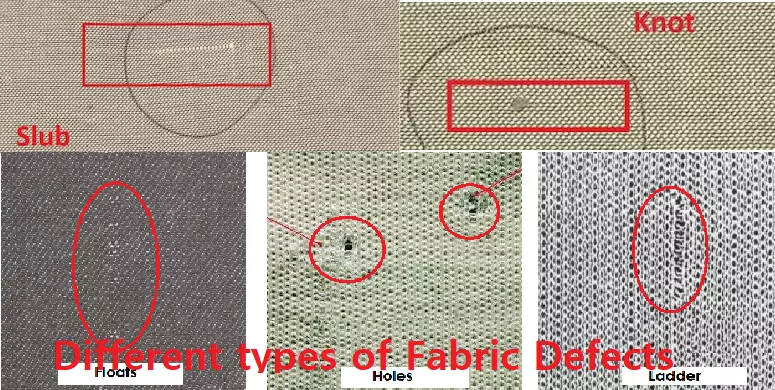Worker safety has become a top priority in high-risk industries. From construction to manufacturing, textile innovations are playing a critical role in reducing injuries and improving working conditions. This article explores the most impactful industrial fabrics that revolutionize worker safety, with real examples of how they function in demanding environments. This article is about the Industrial Fabrics That Revolutionize Worker Safety.
Flame-Resistant Fabrics
Flame-resistant (FR) fabrics are essential for safety in oil rigs, welding workshops, power plants, and firefighting operations. These fabrics are engineered to resist ignition and prevent the spread of flames.
Nomex® and Marko®
Nomex®, developed by DuPont, is a well-known aramid fiber used in flame-resistant uniforms. It doesn’t melt or drip and provides long-term protection even after repeated wash cycles. This makes it reliable for emergency services and military personnel.
Marko® is a modacrylic-cotton blend widely used in European industries. It meets EN ISO 11612 for heat and flame resistance, offering both safety and wearer comfort. Marko® fabrics also resist electric arcs and static build-up, which is useful in electrical maintenance and chemical processing sectors.
SuperFabric®
SuperFabric® is a layered textile that combines flame resistance with cut and puncture resistance. It is manufactured by embedding guard plates on high-performance base fabrics. Workers in metalworking and mechanical maintenance benefit from this dual protection, especially when dealing with tools and heated surfaces.
Smart Textiles and Wearable Technology
Smart textiles are gaining attention for their ability to monitor real-time risks and worker conditions, making them a game-changer for industrial safety.
Wearable Sensors
These fabrics integrate flexible electronics that track vital signs like heart rate, temperature, and posture. In hazardous areas like chemical plants, this data can warn supervisors of fatigue, overheating, or poor air quality—allowing for immediate intervention.
A notable example is workwear embedded with IoT sensors that trigger alarms if a worker falls or enters a restricted zone. These garments reduce response time in emergencies.
ExoFabric
ExoFabric is a new class of textile enhanced with thermoplastic components. These fabrics can be reshaped and stiffened using external heat, creating custom support structures. In industrial applications, ExoFabric is ideal for designing wearable exoskeletons that support the spine and shoulders during heavy lifting.
High-Visibility and Reflective Fabrics
Workers on roads, airports, or outdoor sites need to be visible under all lighting conditions. This is where high-visibility (Hi-Vis) and reflective fabrics come in.
Marko AT180HV
Marko AT180HV is a high-visibility fabric certified under EN 20471, making it suitable for roadside and railway workers. It’s made from fluorescent fibers combined with retroreflective tape. Even in fog, rain, or dusk, these garments help prevent accidents caused by poor visibility.
Reflective Integration
Reflective strips can be integrated into jackets, pants, gloves, and helmets. Unlike passive visibility, these fabrics reflect artificial light, such as vehicle headlights, to enhance worker safety during nighttime operations.
Cut-Resistant and Impact-Resistant Fabrics
In sectors like glass handling, sheet metal fabrication, and construction, cut injuries are common. Specialized industrial fabrics help address this risk.
Kevlar® and Dyneema®
Kevlar® fabric is a para-aramid synthetic fiber known for its high tensile strength-to-weight ratio. It resists cuts and abrasions, which is why Kevlar fabric is widely used in safety gloves, protective sleeves, and industrial vests. Its lightweight yet durable structure makes it ideal for high-risk environments where precision and movement are essential.
Dyneema® fabric is another ultra-high molecular weight polyethylene fiber. It’s 15 times stronger than steel by weight and remains comfortable for all-day wear. Workers benefit from enhanced dexterity without sacrificing protection.
SuperFabric® Technology in Safety Gear
SuperFabric® is also used in protective gloves, offering ANSI level A8 cut protection. The unique configuration of guard plates shields against punctures from needles, glass shards, or blades—ideal for sanitation, law enforcement, and recycling work.
Thermoelectric and Cooling Fabrics
Excessive heat can lead to reduced concentration, dehydration, and heatstroke. Advanced cooling fabrics address these risks in hot environments.
Thermoelectric Fabrics
Researchers have developed flexible thermoelectric textiles that convert heat from the body into electric current. This power can be used to drive wearable sensors or alert systems without the need for external batteries.
These fabrics are especially useful for workers in mining or metal processing, where surrounding temperatures can exceed 45°C.
Phase-Change and Cooling Fibers
Some cooling fabrics use phase-change materials (PCM) that absorb heat when it gets too warm and release it as it cools down. These garments create a microclimate around the body, reducing thermal stress during physical labor.
Compliance and Standards
Meeting global safety standards ensures that the protective textiles function as intended under real-world conditions.
EN ISO 11612 and NFPA 2112
These two standards define testing methods for flame resistance, heat transfer, and mechanical durability. Industrial garments that comply with these regulations are often required by law for hazardous jobs.
Oeko-Tex and Sustainability
Oeko-Tex certification ensures that textiles are free from harmful chemicals like formaldehyde and heavy metals. This not only protects the wearer but also supports sustainable manufacturing practices—important for companies with environmental targets.
Trends and Future of Worker Safety Fabrics
As demand increases for multifunctional workwear, the industrial fabric sector continues to evolve.
Eco-Friendly Materials
Manufacturers are now exploring recycled polyester, organic cotton, and plant-based fibers like hemp for use in industrial safety clothing. These options reduce dependency on fossil fuels and lower emissions.
AI and Data Integration
New smart garments can pair with cloud-based systems, storing worker data and predicting high-risk scenarios. These tools help safety officers make informed decisions about job rotation, break times, or heat exposure risks.
Conclusion
The latest industrial fabrics that revolutionize worker safety are more than just protective—they’re smart, responsive, and sustainable. From flame-resistant layers to IoT-enabled wearables, the textile industry is advancing toward safer and more efficient workplaces. Companies investing in certified, high-performance fabrics gain not just compliance but a healthier, more secure workforce.
- You may love to read: T-shirt Generates Electricity From Body Temperatures: E-Textile.
- Best Fabric Materials for Manufacturing Safety Workwear.


